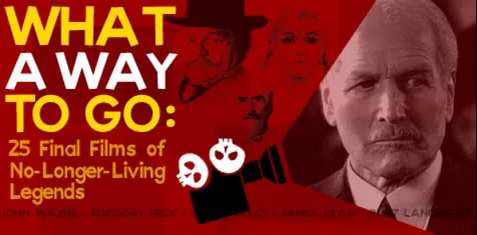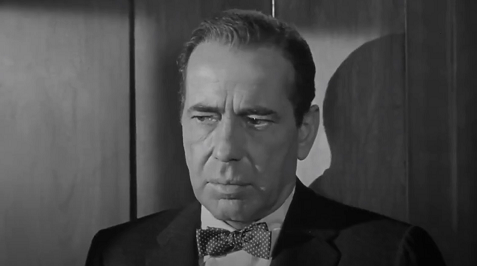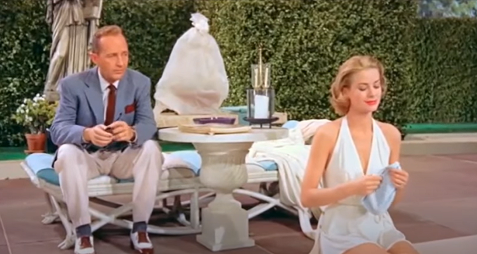5 Questions with Anna Kendrick of “What to Expect When You’re Expecting”
It’s likely you were first captivated by her Oscar-nominated performance in 2009’s “Up in the Air,” but that doesn’t mean the widely acclaimed comedy was Anna Kendrick’s first go-round in the world of big time performance. Ms. Kendrick, who is also a very fine singer, had been one of the youngest Tony nominees of all time when she was recognized for her work in a Broadway revival of “High Society” at age 12. Her first major film role was nevertheless four years away with another award-nominated musical appearance in the indie fave, “Camp.”
A few more years of hard work would land the young actress a leading role in the mostly well-regarded coming of age comedy “Rocket Science” and a recurring part in the pop culture behemoth we call “The Twilight Saga.” Still, it was only when Anna Kendrick wound up stealing scenes from George Clooney and Vera Farmiga that she became one of Hollywood’s hotter faces to look out for. She also earned the attention of geeks around the world with her role as Michael Cera‘s acerbic yet gorgeous younger sister in “Scott Pilgrim vs. the World”; her reported romance with director and uber-film nerd Edgar Wright (“Shaun of the Dead“) probably did no harm to her already impressive and growing dweeb appeal. The 20-something actress’s most recent non-“Twilight” major film appearance was as a romantically conflicted therapist in the cancer comedy, “50/50.”
Purportedly inspired by the self-help bestseller of the same name, “What to Expect When You’re Expecting” features Kendrick as a food truck proprietor whose fling with a high school flame (Chace Crawford) results in a surprise pregnancy. She was busily promoting the film when we caught up with Ms. Kendrick at the Los Angeles Four Seasons one Cinco de Mayo afternoon. There, she proved herself to be up to the 5 questions challenge, giving succinct answers to our slightly longish questions.
1. You play a professional chef in the movie. Do you cook in real life, and what was the most important thing you learned about food preparation while making the film?
I cannot cook. I bake a bit, but I cannot cook to save my life. We had to take lessons for this. [The most crucial thing I learned in them was] that you have to hold your hand like a claw and not lay it flat, so you don’t cut off your fingernails — like I did.
2. “What to Expect When You’re Expecting” is part of the ever-growing subgenre of interlocking story movies that includes everything from Robert Altman’s “Nashville” to Garry Marshall’s “Valentine’s Day.” What’s your favorite multi-story movie?
Now that you mention “Nashville,” I actually do love that movie. But as far as the modern version of that genre, I actually really love “Love Actually” — but “Nashville” is really great and I loved [Paul Thomas Anderson’s] “Magnolia.” That was one of those movies that, when I was a teenager, [I thought to myself], “Movies can be like this? This is great!”
3. You’re probably best known to the public for your really outstanding performance in “Up in the Air.” I was just watching the scene where you kind of break down, and you’re very funny. I was wondering what you think is the secret to comic crying, as opposed to sad crying? I’ll dedicate this question to Mary Tyler Moore.
I like to talk through the funny cry. That makes it sort of easier, but I’m a pretty ugly crier, so that makes it kind of easy also.
4. Let’s talk about your singing roles. What was it like being a 12-year-old Tony nominee? And what about being 16-years-old and making your first movie, “Camp” and blowing everyone away with your version of Stephen Sondheim’s “The Ladies Who Lunch”?
It was obviously incredibly exciting, but I think it’s probably good I didn’t fully understand what a big deal the Tonys were at that age. I think my little 12-year-old brain would have exploded. It was just exciting. I was just happy to be invited to a party really.
[“Camp”] was such a magical thing to make. It was everyone’s first film. Now, everyone says, “Making a film feels like summer camp,” but [during] that film we were living at that summer camp. We had no contact with the outside world. There were no cell phones, no computers, no TVs. So, it was just us and the film crew living in this place. It was a very intense and fun [thing] to do with a bunch of teenage non-actors.
5. There’s a clip online of you promoting “50/50” with your co-stars Joseph Gordon-Levitt and Seth Rogen and discussing how women tend get asked different questions from the press than men do. You get asked about health and beauty stuff, your workouts, etc. What is the most embarrassing or just plain stupid question you’ve gotten and how did you answer it?
In relation to [“What to Expect When You’re Expecting”], somebody asked me if I would be prepared for a one-night stand. I was like, “I don’t even know how to get out of this question in a joking way. That is so wrong and weird.”
You can follow us on Twitter and Facebook for content updates. Also, sign up for our email list for weekly updates and check us out on Google+ as well.
Posted in: Entertainment, Interviews, Movies
Tags: 50/50, Anna Kendrick, Anna Kendrick interview, Camp, Chace Crawford, Edgar Wright, High Society, Rocket Science, Scott Pilgrim vs. the World, Shaun of the Dead, Stacey Pilgrim, The Twilight Saga, Tony Awards, Tonys, Twilight, Up in the Air, What to Expect When You're Expecting














